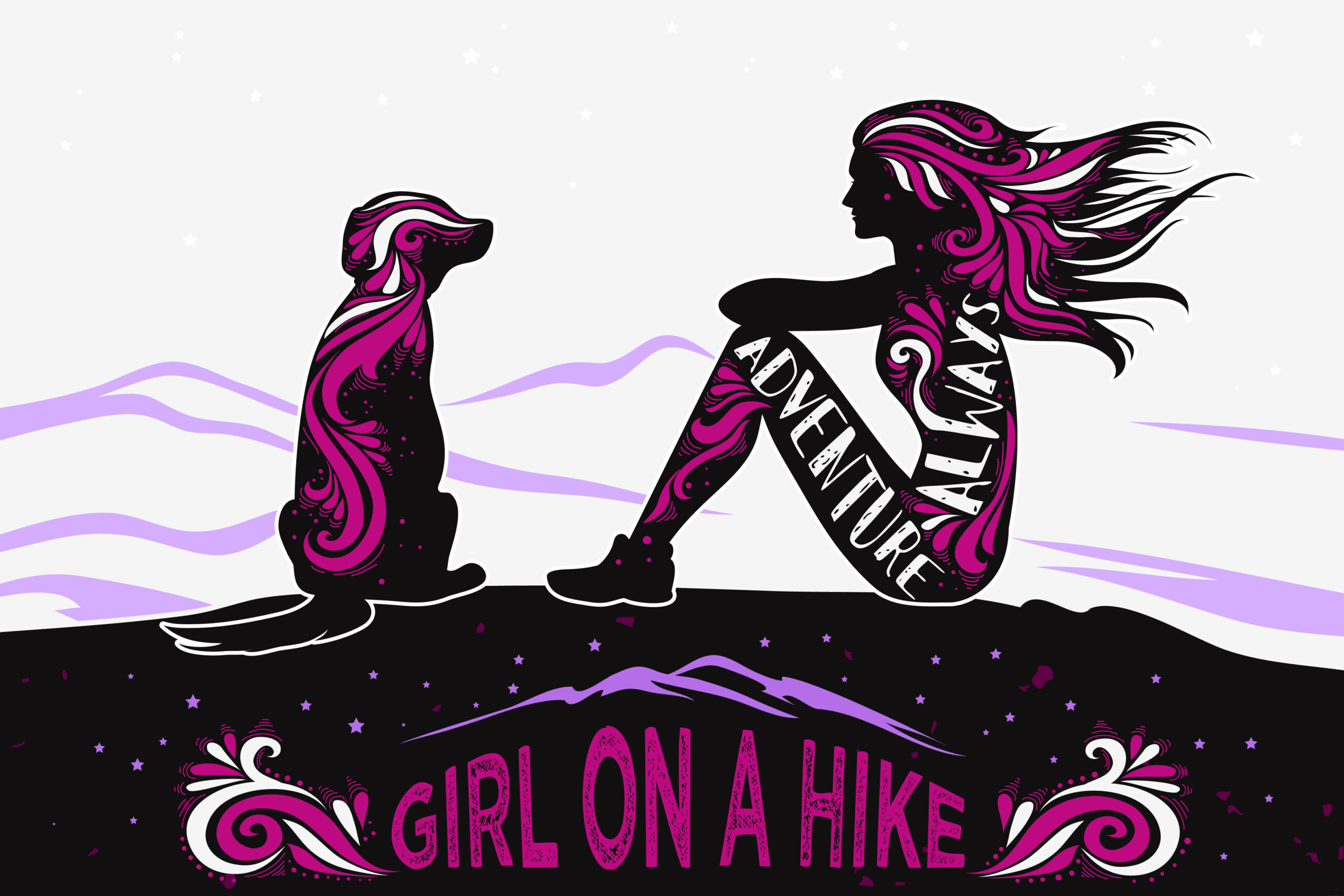
The Top 10 Peaks to bag in Salt Lake City, UT are right out our back door - no more than a 30-45 minute drive, these peaks are some of my favorites I've hiked over the years! Whether you are a newbie to peak bagging, or have years of experience, the Wasatch Front offers something for everyone. Start with the easy ones, then work your way up to some of the hardest and longest in the area. Of course there are several more peaks that some would argue should have made my list, but those are for you to decide which are your favorite. Set some goals, and start peak bagging this summer!
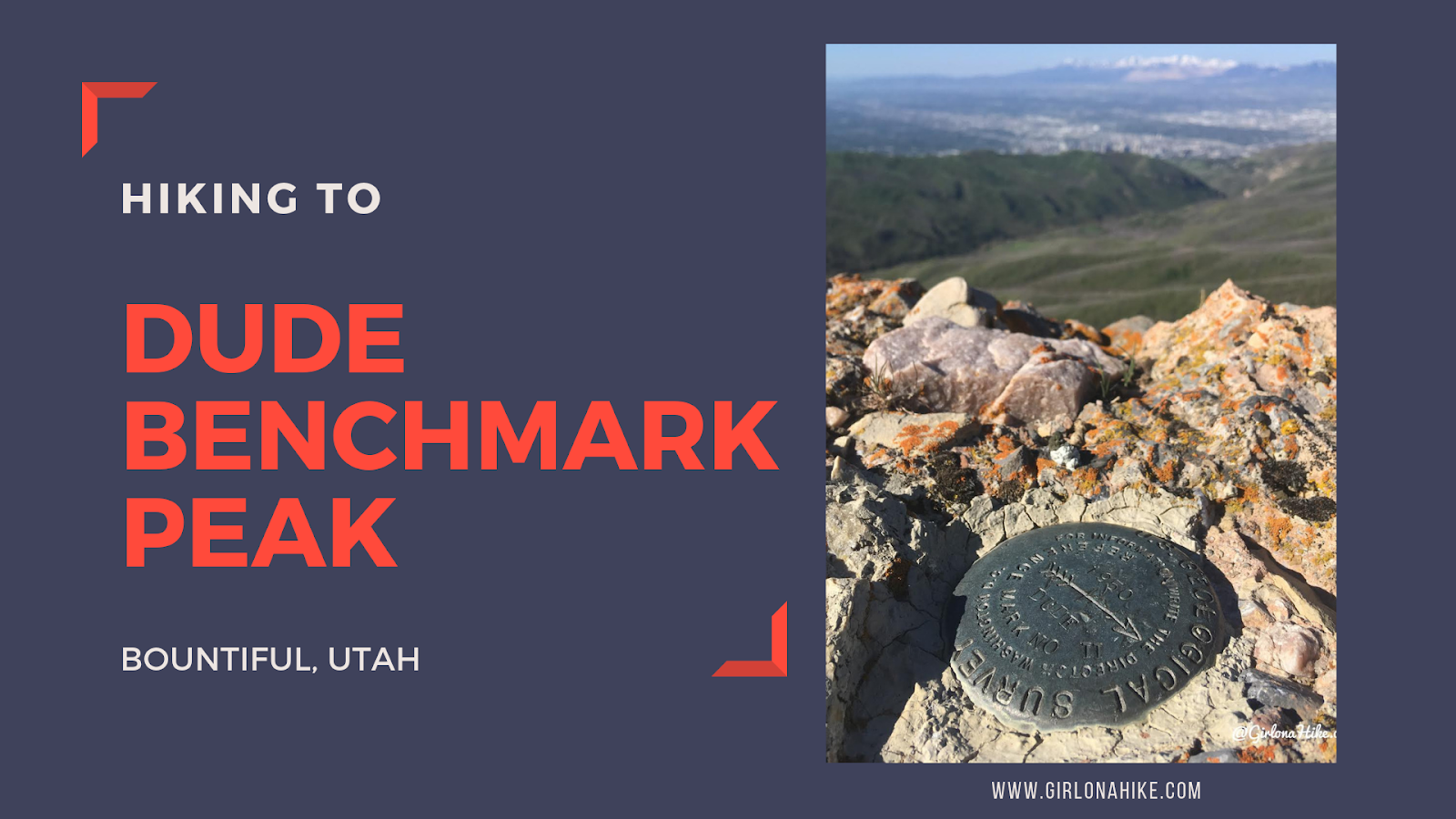
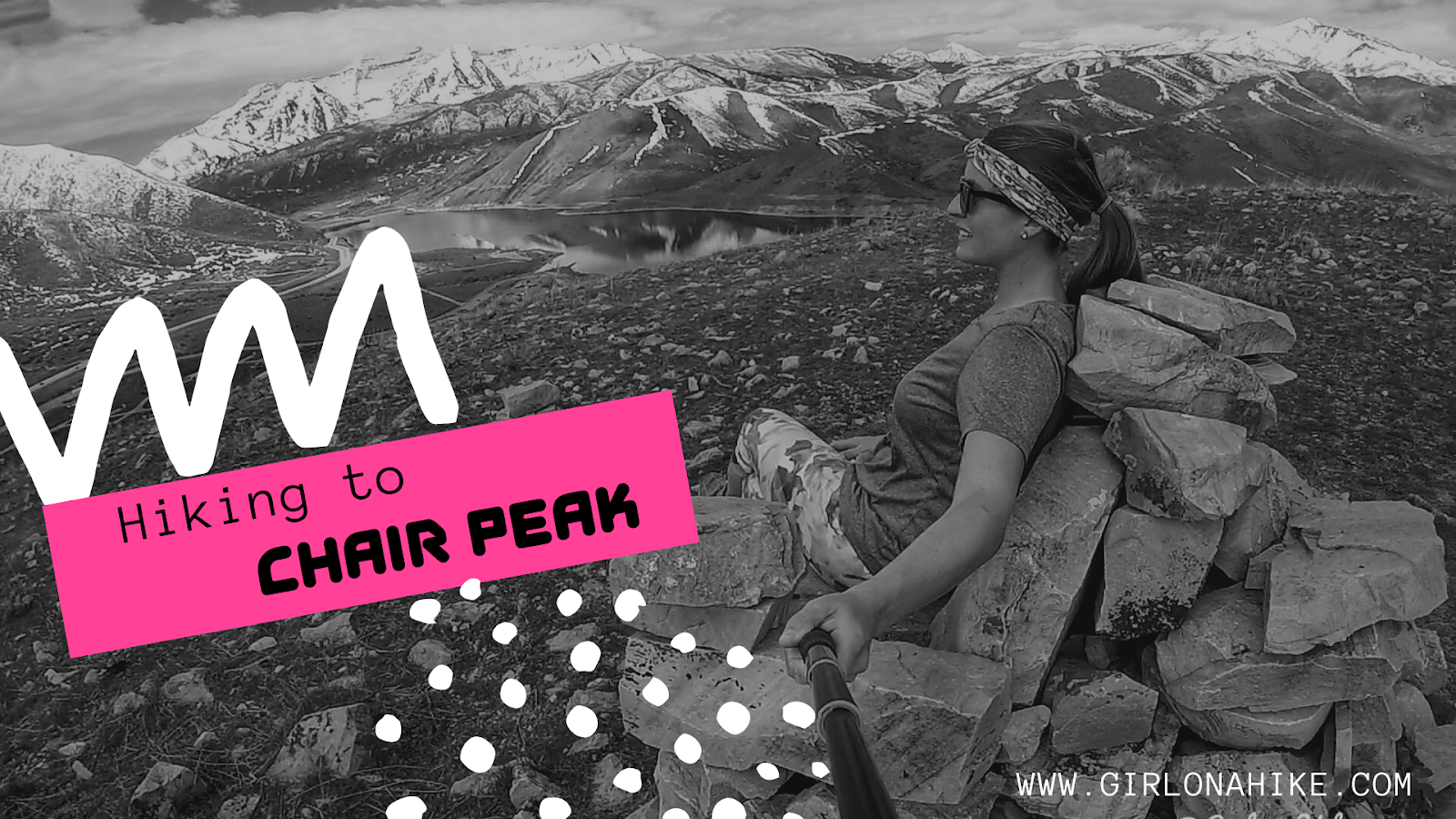
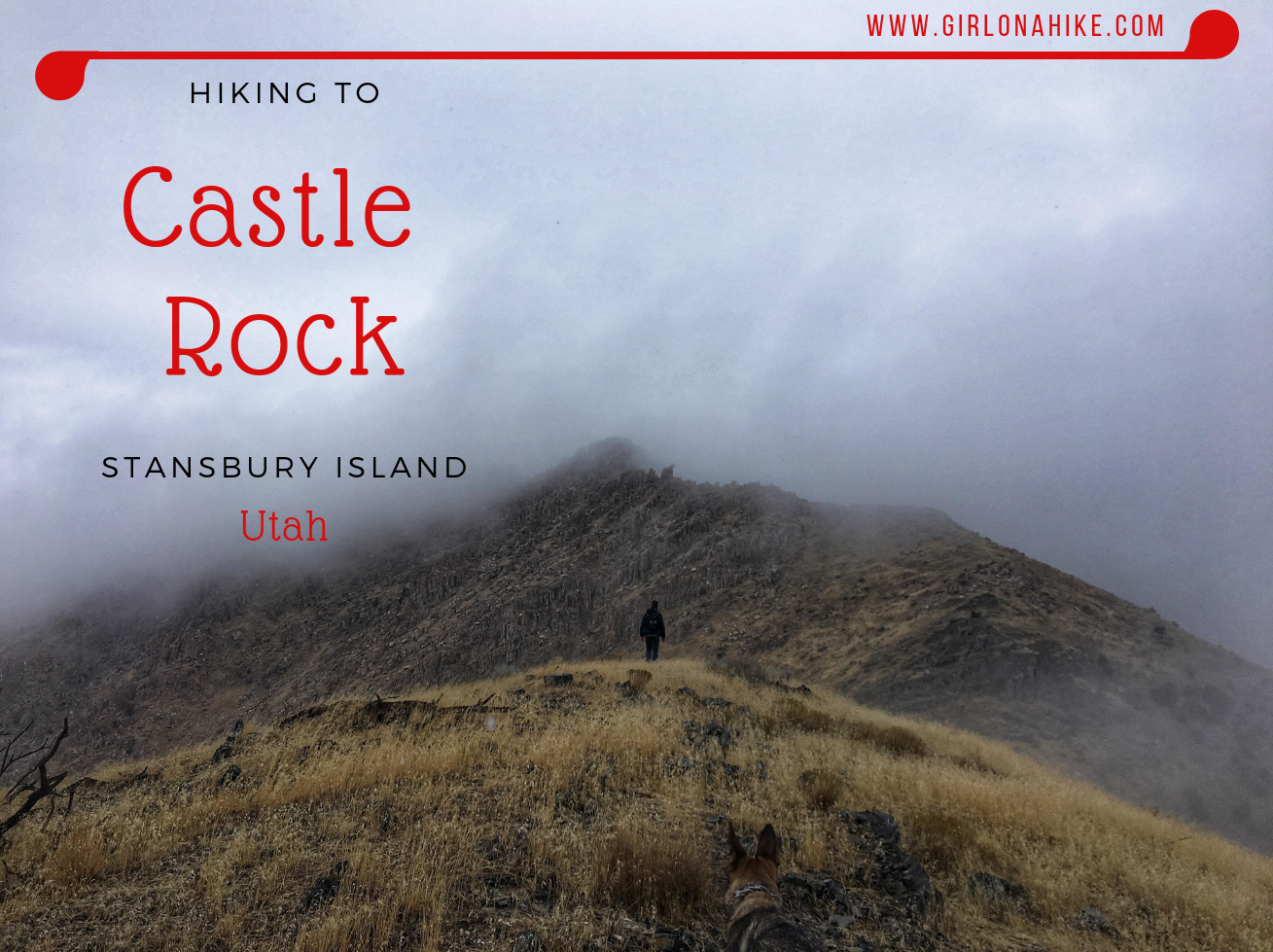
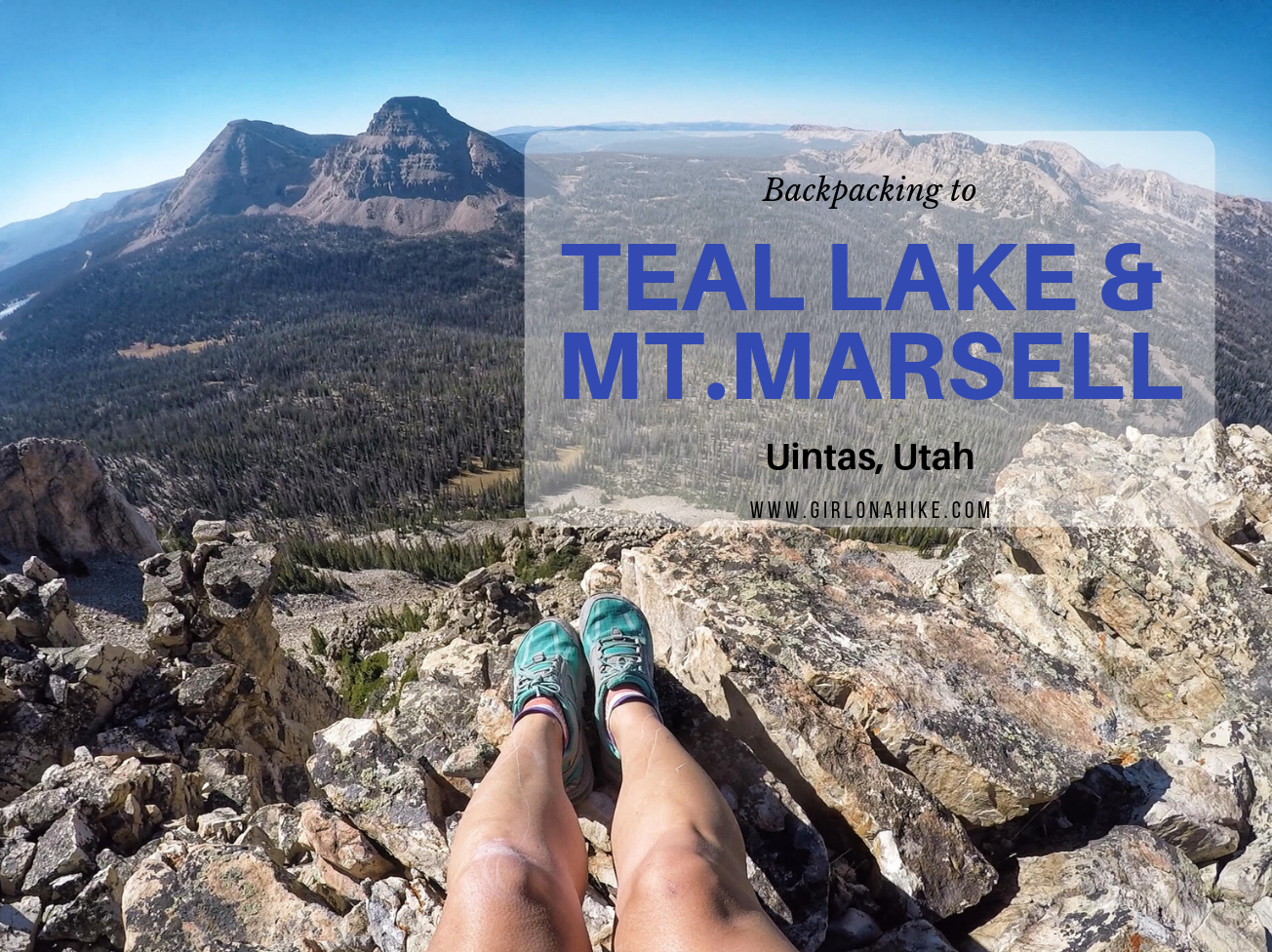
Teal Lake sits at an elevation of 10,400 ft, and is accessed via the popular Ruth Lake Trailhead. You will follow this trail for the first mile, and then after that there is no trail. You should be comfortable with a little route finding, and hiking off trail. The nice thing is that Teal Lake is a mere 2.2 miles, so you really only have to hike off trail for 1.2 miles. You'll pass a few unnamed ponds, Jewel & Naomi Lakes, then reach Teal Lake. There are several nice campsites at Teal Lake, and fishing is plentiful.
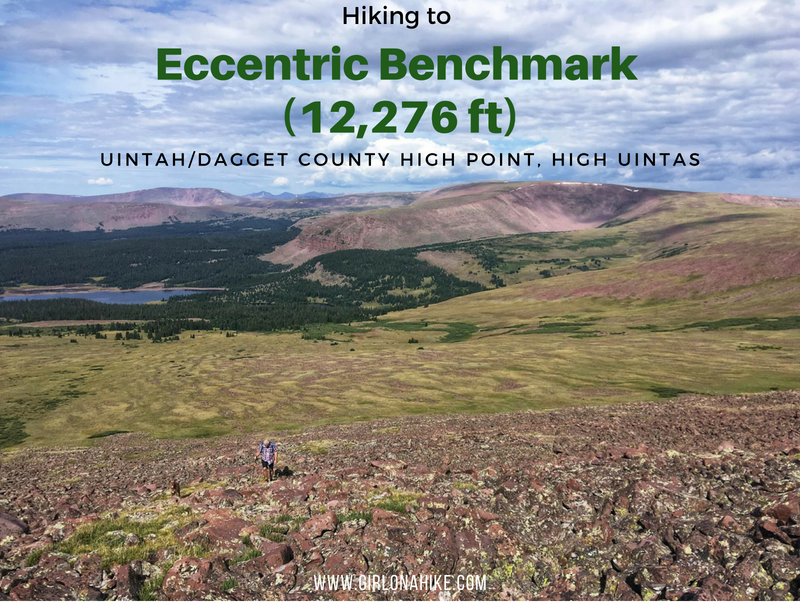
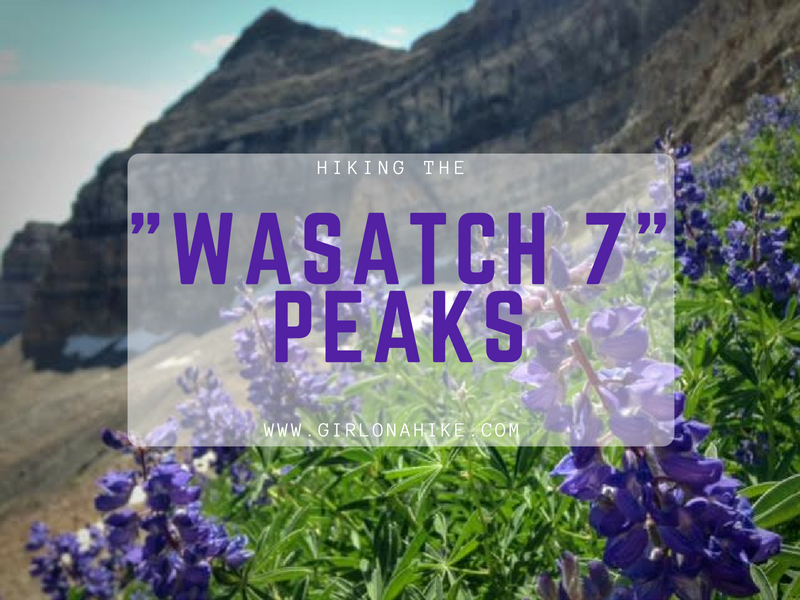
The "Wasatch 7" Peaks are the seven major peaks that line Utah Valley. They are all challenging peaks that require a full day of hiking - some with route finding, some with a perfect trail. Most of these peaks also have a lot of elevation gain, and therefore are not for the beginner hiker. Because the Wasatch 7 Peaks are all over 10,000 ft, they are typically only accessible in summer months, when the dirt roads are open, and the trails are free of snow - this only leaves a few months to summit all 7 peaks. Most people take a few years to complete all summits - others have completed them in one summer. No matter how much time you have to dedicate to completing all of them, they surely live up to Utah's motto - "Life Elevated!"

Cascade Mountain (10,908 ft) towers above Orem, Utah and is one of the iconic "Wasatch 7" Peaks. Unlike its well-known neighbor to the north, Mount Timpanogos, Cascade sees far fewer hikers due to its difficulty and rugged terrain. But for experienced hikers and peak baggers, Cascade Mountain is a rewarding summit worth the effort.

Mt. Watson (11,521 ft) is located on the West end of the High Uintas Wilderness, and though it is surrounded by several popular trails and lakes, most people do not summit this peak. There is a trail for the first 2 miles, but you're on your own after that to reach the top. That's what makes part of this peak fun - it's a "choose your own path" adventure!

Mt. Waas (12,331 ft) is the Grand County High Point, and highest peak on the north end of the La Sal Mountains near Moab, Utah. The La Sals can be seen as far away from Green River and parts of Colorado, yet hardly anyone makes the trek to the several summits available, making a great place to seek solitude. The Moab valley can be in the 100s for daily high temperatures in the Summer, yet in the LaSals, it can be at least 20-30F cooler depending on how high you reach. The La Sals area only accessible during summer months when the gates are open, and the roads are dry and clear of snow, typically July - October. Winter of 2017 was extremely dry so we were able to summit late June 2018 with only one patch of snow.
